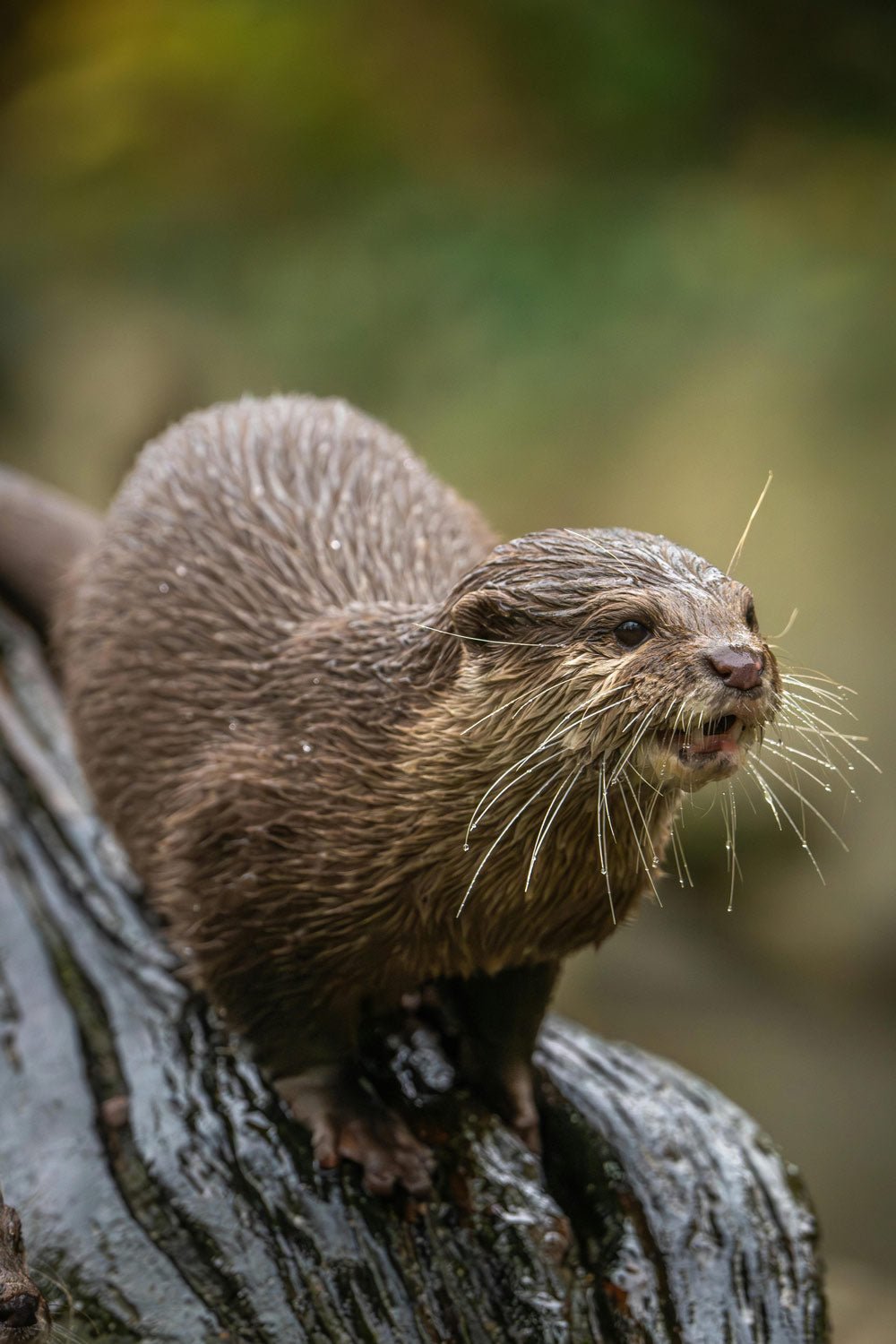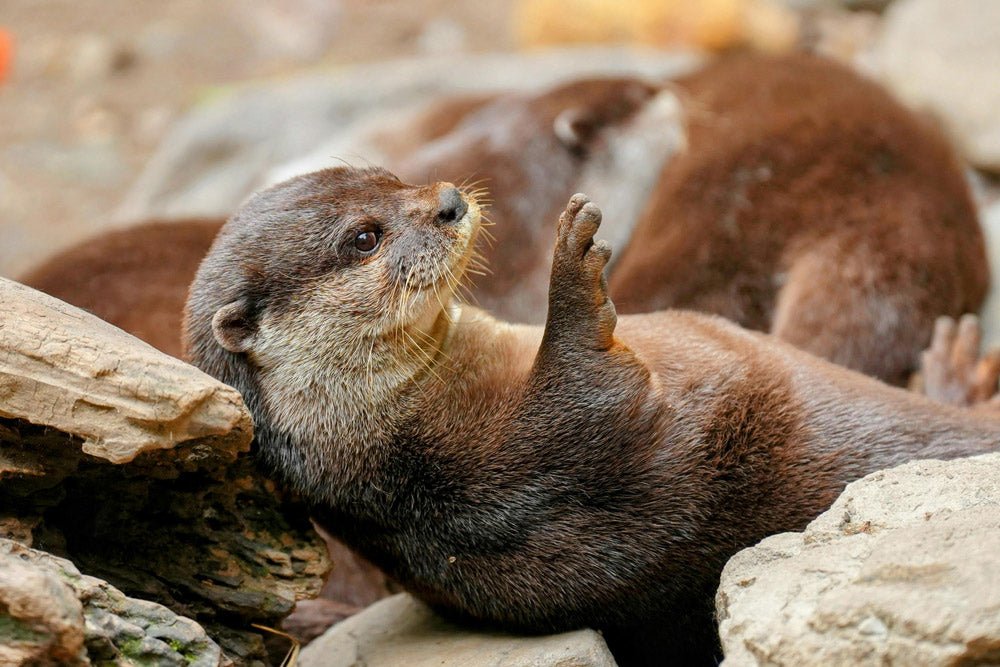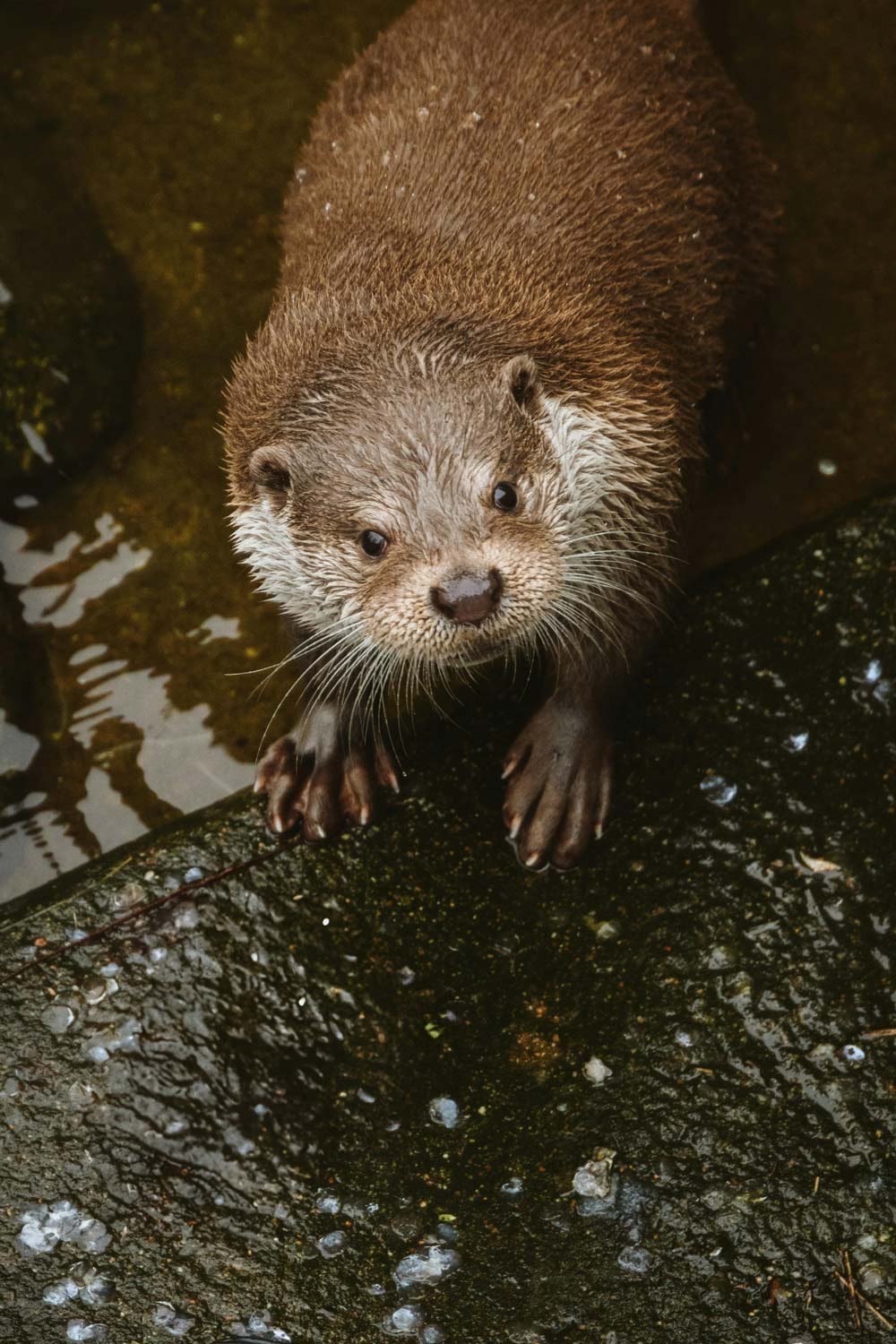In the soft illuminated cafes in Tokyo and Osaka, tourists sipping coffee, while the os scream and spin under foreign hands. The appeal is clear – these animals are irresistibly sweet and their antique plays perfectly for the camera. But behind the filtered images and news lies Lattes a network of poaching, containment and suffering spans Southeast Asia.
In the heart of this trade, the Asian little itched otter is a species resident in regions such as Thailand, Indonesia and Vietnam. Despite its protected status under international law, Otter has become a fixture in Japan’s thriving exotic pet café industry. As Earth.com reports, their popularity online and in cafes has created a merciless demand that human traffickers are too eager to meet.
Otters in cafes are often traded illegally from wild habitats.
Posjed in nature, shown in a café
<> P> Otter Cubs do not come from breeders. They are taken from nature. Their families are often killed – shot, electrocuted or smoked out of its – so poachers can snap the babies. Some never survive the journey. Others arrive with missing teeth, a cruel change intended to make them safer to deal with in cafes and private homes. Many suffer from infections, decay and trauma according to the world’s animal protection.
Although Japan has banned the commercial imports of OTER since 1988, they will continue to appear at animal cafes and animal stores. Genetic testing performed by Japanese and Thai scientists revealed that most of the OTER in cafes matches DNA for wild populations in southern Thailand – areas recognized as poaching –hotspots. The results, detailed in a study published in conservation science and practice, painted a clear picture: These otes were not bred in captivity. They were stolen from nature.

Many are picked up from Thailand, a poaching shooting spot.
Catching is not sweet
Animal Cafés markets their residents as happy and healthy. The reality, as documented by several welfare groups, is sharply different. Otters are stored in small cages, some without water. They shout as they are handled and show signs of psychological disorder – to throw their claws, pace or collapse for long periods of silence. At times, they are held alone, deprived of the social structures they depend on in nature, where they live in expanded family groups up to 20.
Owl cafes ask similar ethical questions. Like Otters, owls require specific environmental conditions and social dynamics. They are nocturnal predators forced into bright illuminated spaces for human entertainment. ABC notes that these cafes are not only quirky tourist stops – they are part of a system that commodifies the Sentient Wildlife for profit.

Otter kids are snapped after their families are killed.
Genetic collapse in the name of news
Otters in zoos and aquariums in Japan tend to have more genetic diversity than those found in cafes. This is because zoos typically follow structured breeding programs and maintain descent registries. In contrast, many otes in cafes are either inbred or closely related, after steming down from a small, unregulated breeding pool.
This lack of genetic variety creates health problems and limits the species’ adaptability, which is already under pressure due to the loss of habitats and human intervention. As Cool Down reports, Otter’s ecological role in their native environments – controls of prey of prey and water quality maintenance – their disappearance a threat not only to biodiversity but to whole ecosystems.
Extinction is not a hypothetical
Japan’s fascination with OTER can be partially driven by nostalgia. The Japanese river Otter, once a native species, was declared extinct in 2012 after decades of environmental degradation and hunting. Its absence hangs over the current craze. Conservationists fear that without action, the Asian small-itched otter could follow the same way.
As Earth.com reports, some researchers now hope that better genetic tracking and international collaboration can help protect these animals from being loved to death. But it requires more than research. It requires political will and public attention.

Most Otterimport to Japan have no legal items.
Instagram doesn’t like harmless
Internet’s occupation of otes is not innocent. Social media has given exotic pet ownership a platform – and thus it has normalized cruelty.
A YouTube channel with two otter has more than 1.8 million followers and a product line. Its owner runs several Otter Cafés. Sweet videos become marketing tools, which burns the demand for animals that were never intended to live in captivity.
According to ABC, even well -meaning patrons contribute to the problem by treating these animals as props. Each stock and the like adds to the exploitation cycle. And every otter in a cage is a reminder that demand is still strong – and still profitable.
There are ethical alternatives
There are ways to collaborate with animals that do not involve suffering. Cat and dog cafes that work with shelters and support adoption, offer a model where animals can benefit from attention. But for wild species like otes and owls, captivity will never be enough. Their needs – space, water, family, freedom – cannot be repeated in a café.
As conservation biologist Worata KlinSawat, Cool Down told: “It is natural to feel loving to otes, but we have to leave them in nature so that they can perform their ecological role, for them and for us.”
Click below to make a difference for OTER.
